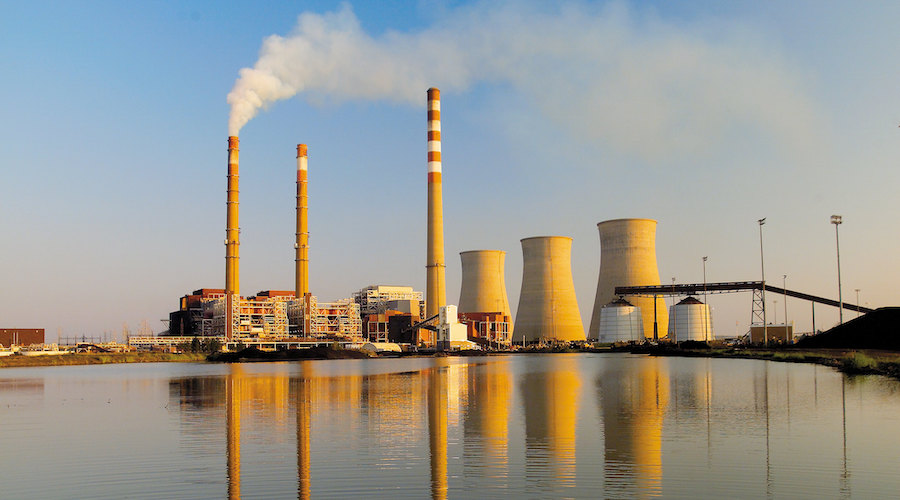Once sequestered, CO2 can be turned into methane

An international team of researchers has developed a way to wrest the carbon from CO2 sequestered through carbon capture technologies and affix it to hydrogen atoms, forming methane—a fuel and industrial feedstock.
According to their study published in the journal Advanced Materials, the method relies on electrolysis and catalysts developed by grafting isolated copper atoms on two-dimensional polymer templates.
“Electricity-driven carbon dioxide conversion can produce a large array of industrial fuels and feedstocks via different pathways,” Soumyabrata Roy, the study’s lead author, said in a media statement. “However, carbon dioxide-to-methane conversion involves an eight-step pathway that raises significant challenges for selective and energy-efficient methane production.”
Roy pointed out that overcoming such issues can help close the artificial carbon cycle at meaningful scales, and the development of efficient and affordable catalysts is a key step toward achieving this goal.
The polymer templates he and his colleagues developed, which were made of alternating carbon and nitrogen atoms, have tiny pores where copper atoms can fit at varying distances from one another.
The catalysts assemble at room temperature in water with the copper atoms displacing the host metal ions in the polymer templates. When tested in a reactor, the catalysts enabled the reduction of carbon dioxide to methane in one half of the cell, while oxygen was produced from water in the other half.
“We found that modulating the distances between the copper atoms lowered the energy needed for key reaction steps, thereby speeding up the chemical conversion,” Roy said. “This cooperative action of nearby copper atoms helped produce methane at a very high rate of selectivity and efficiency.”
The catalysts he and his collaborators developed yielded one of the most rapid and efficient electrolysis-based conversions of carbon dioxide to methane known so far, helping advance the process both in terms of fundamental scientific insight and performance level.
“If system-level energy and carbon conversion efficiencies can be addressed, inexpensive and efficient materials like these will help catalyze the industrial translation of electrochemical carbon dioxide reduction technology,” said Jingjie Wu, an associate professor at the University of Cincinnati and co-author of the study.
More News
{{ commodity.name }}
{{ post.title }}
{{ post.date }}



Comments